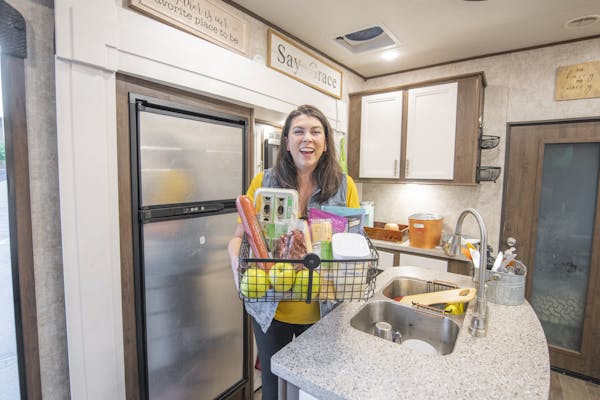Math is Magical
Albert Einstein once said that mathematics is “the poetry of logical ideas.” Math can easily be incorporated into forestry lessons. Project WET has a ton of activity booklets and downloadable PDF products that weave math into nature learning.
You can also lead a lesson by coming up with forest- and camping-related questions to work through together, such as:
● How many gallons of water rage through a waterfall each minute?
● How many trees burn in our state every year?
● S’mores math! An average bag contains 35 marshmallows. There are 9 graham crackers in a pack with 3 packs per box. There are 12 segments of chocolate per bar. How many boxes of graham crackers, bags of marshmallows and chocolate bars should we pack if we want 10 people to have 3 s’mores each?
A little Googling and group work can turn any camping trip into a fascinating, real-world mathematical activity.












